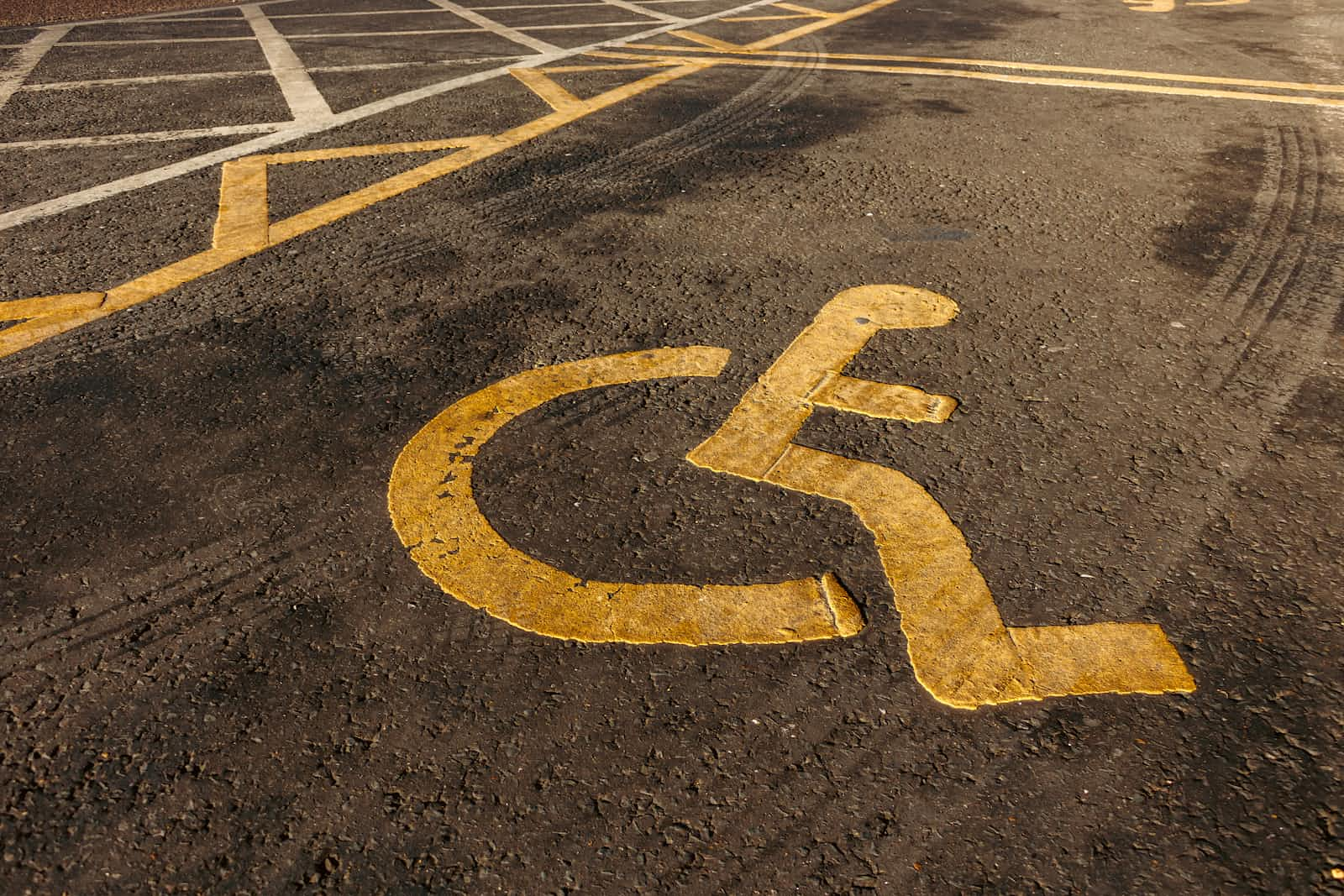More About WCAG 2.1
 InclusiveDocs
InclusiveDocs
Web Content Accessibility Guidelines (WCAG) 2.0 became a W3C Recommendation on December 11, 2008. It has been one of the major resources for making web content accessible to users with disabilities, referenced by accessibility policies of many countries and organizations and translated into twenty languages. It has become an ISO standard (ISO/IEC 40500:2012).
WCAG 2.0 had taken many years to develop so the Accessibility Guidelines Working Group (AG WG) met an ambitious timeline and completed work on version 2.1 on schedule is something. The initial creation of the guidelines was very heavy lifting, and even many years after the completion of WCAG 2.0, the Working Group still focuses on supporting those guidelines through updates to Understanding and Techniques.
What is useful and practical about WCAG 2.0 is that it is technology-neutral and not prone to becoming obsolete. To make sure of this, as new technologies and uses emerged it became clear that they had to be addressed correctly. The updates to 2.0 began initially as extensions, separate guideline documents, to increase the amount of coverage on particular accessibility needs. When that became unwieldy, they shifted to a full-fledged dot-release.
The need for new guidance, particularly to address the needs of users of mobile devices, users with low vision, and users with cognitive or learning disabilities, has become more urgent. A timeline was set for WCAG 2.1 that would allow its guidance to be finalized in 18 months, and requirements were set to keep its new success criteria within the established WCAG 2.0 framework.
Once an initial set of proposals was established, the Working Group considered how to incorporate them into the guidelines. Proposals needed to be clear, realistic both to implement and to evaluate, useful to users, and non-redundant. A very high bar, indeed. The necessary attributes are determined by consensus of the Working Group after scrutiny and evaluation. Because of the stringent guidelines used, many good ideas and suggestions needed to be deferred to future versions of guidelines. They await technological advances to be applied.
Once the final set of success criteria were chosen, 17 were added to WCAG 2.1. They were tested across different types of websites and web content to ensure they were implementable. Although it is always the wish that version updates provide more and be ever new and improved, these things take time.
The requirement of compatibility with WCAG 2.0 along with the aggressive timeline limited what could be added to it, but WCAG 2.1 provides important and timely guidance for going forward. Remember that this is only one of many steps. The Working Group expects to develop another dot-release, WCAG 2.2, to expand the new coverage even further. Concurrently, the Accessibility Guidelines Working Group has been working on a more major revision to accessibility guidelines which would not have the same structure as WCAG 2.
Reaching beyond web content, these new guidelines will incorporate guidance, tools and support that are clearer and will address issues of conformance and testability differently from WCAG 2. This is a major multi-year project, and the slow pace is the reason for the need for additional updates to WCAG 2 in the meantime. The plan for new accessibility guidelines that go beyond simply web content is still being shaped.
Subscribe to my newsletter
Read articles from InclusiveDocs directly inside your inbox. Subscribe to the newsletter, and don't miss out.
Written by
